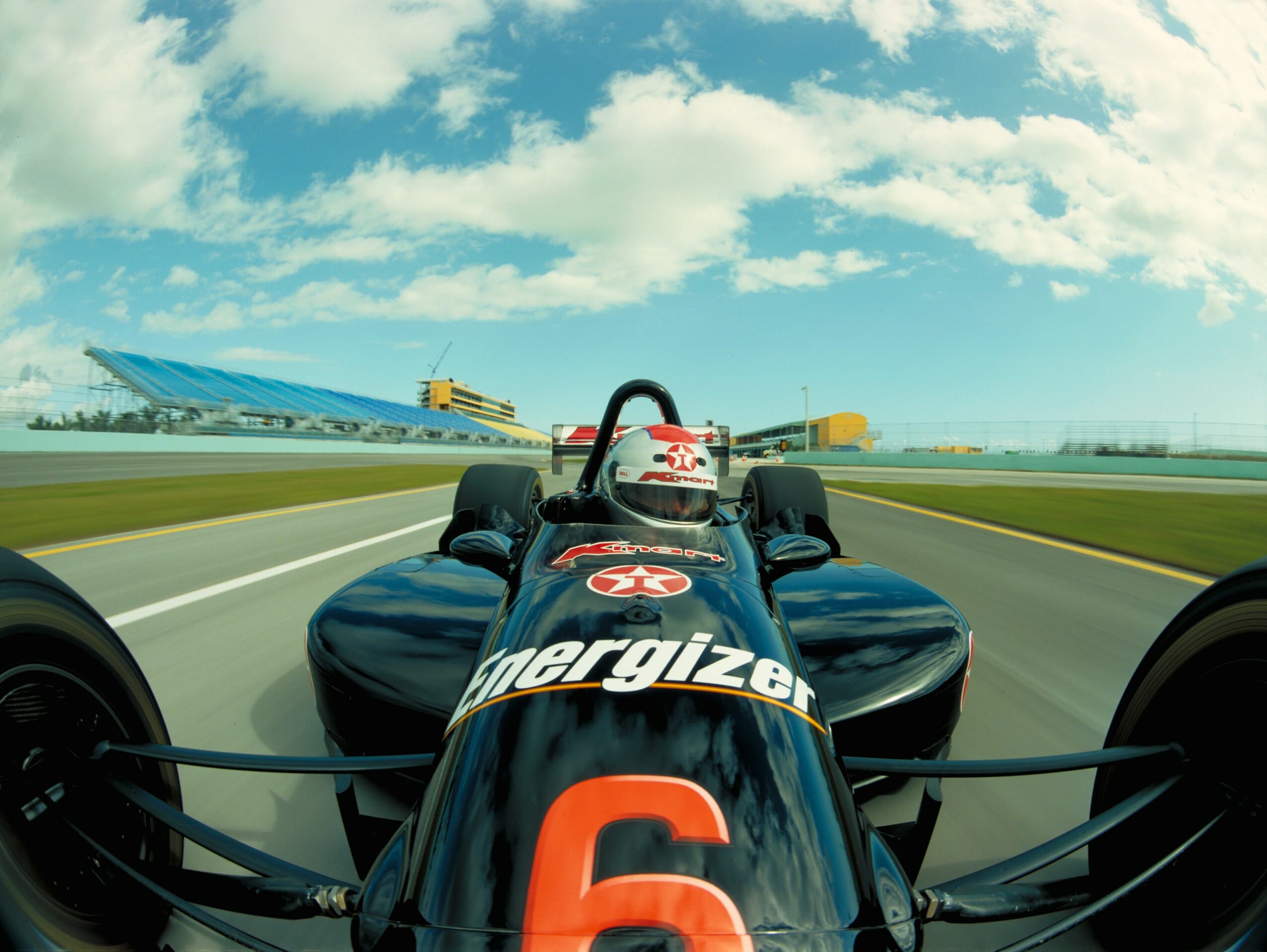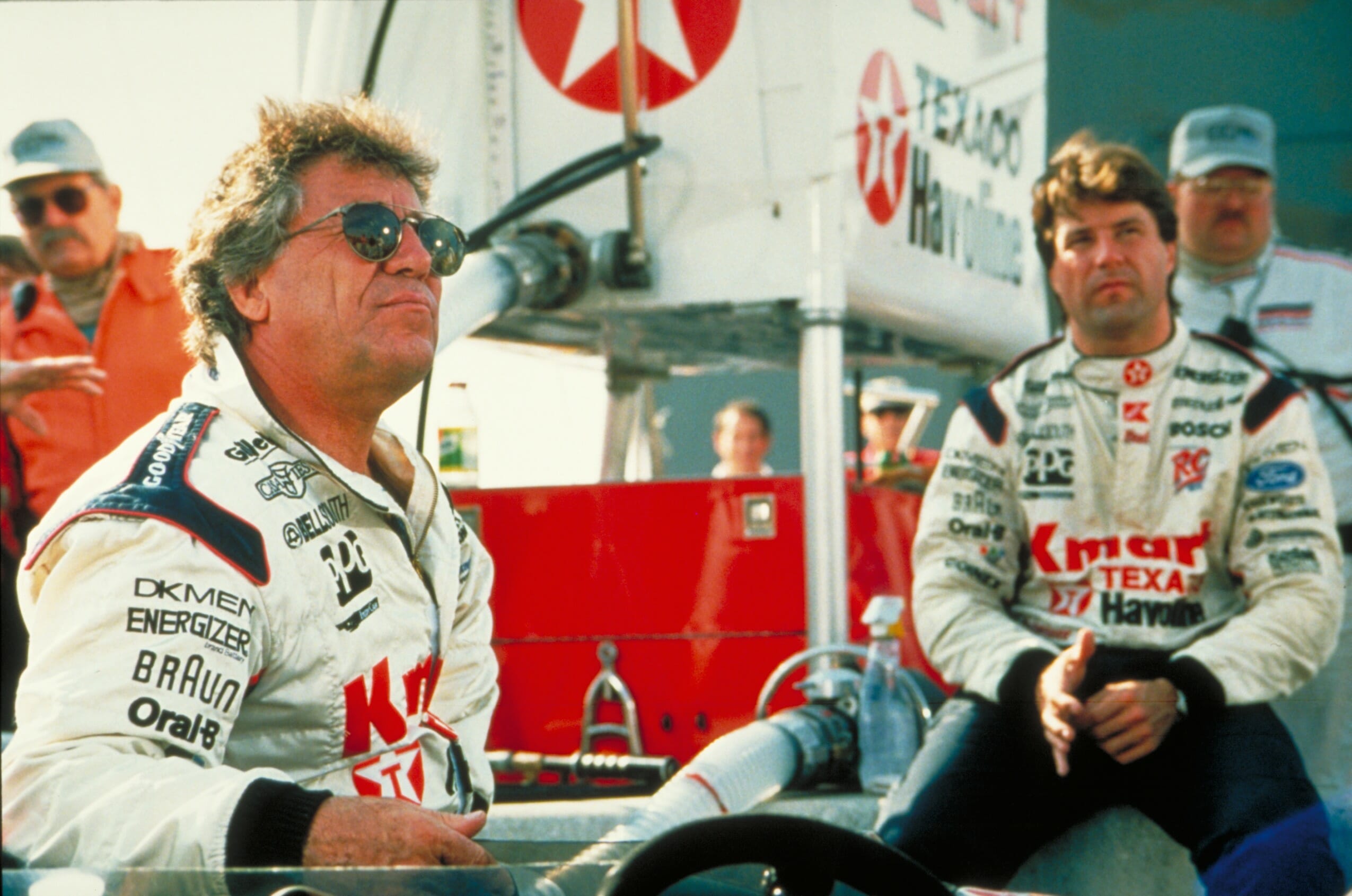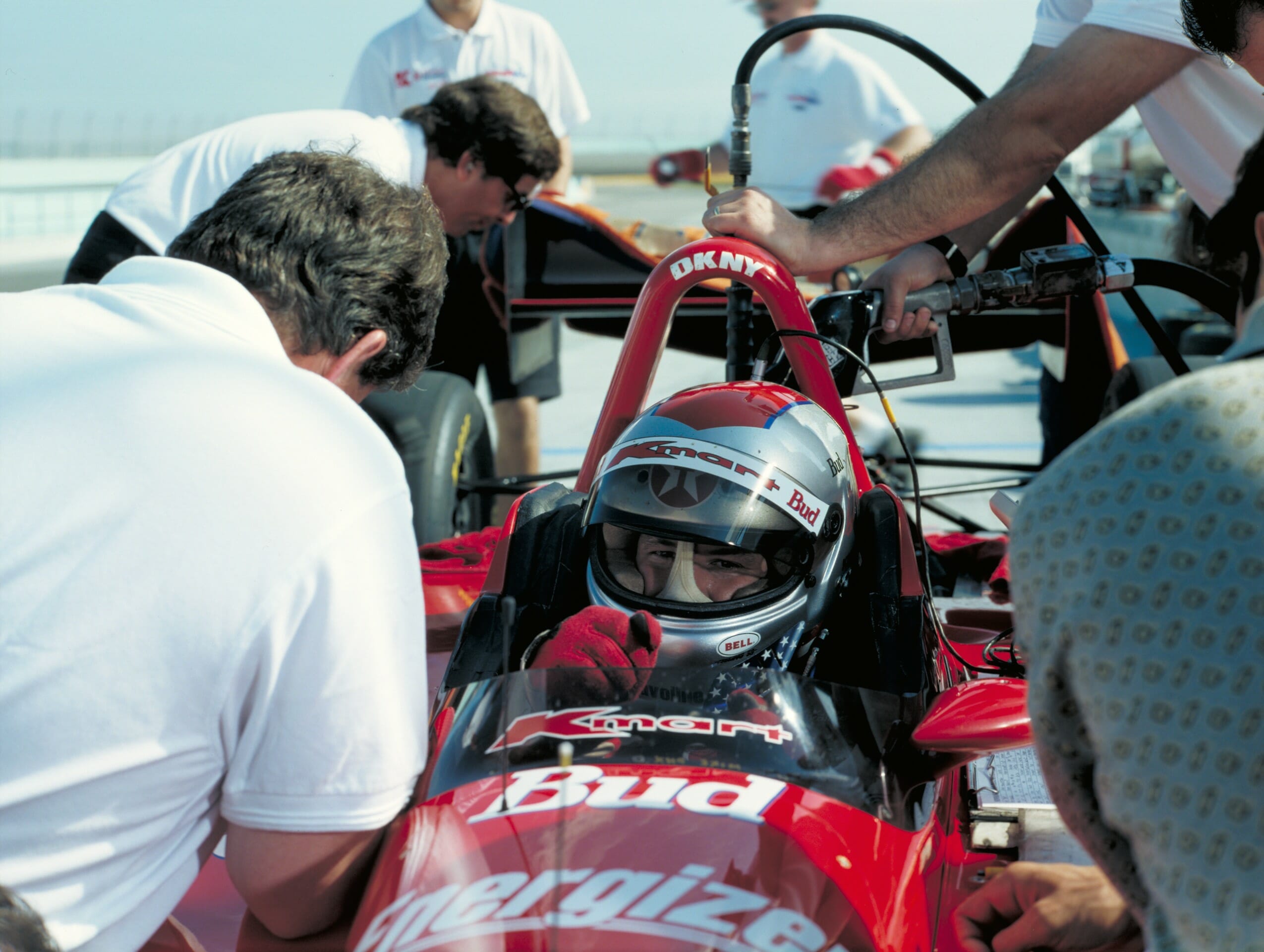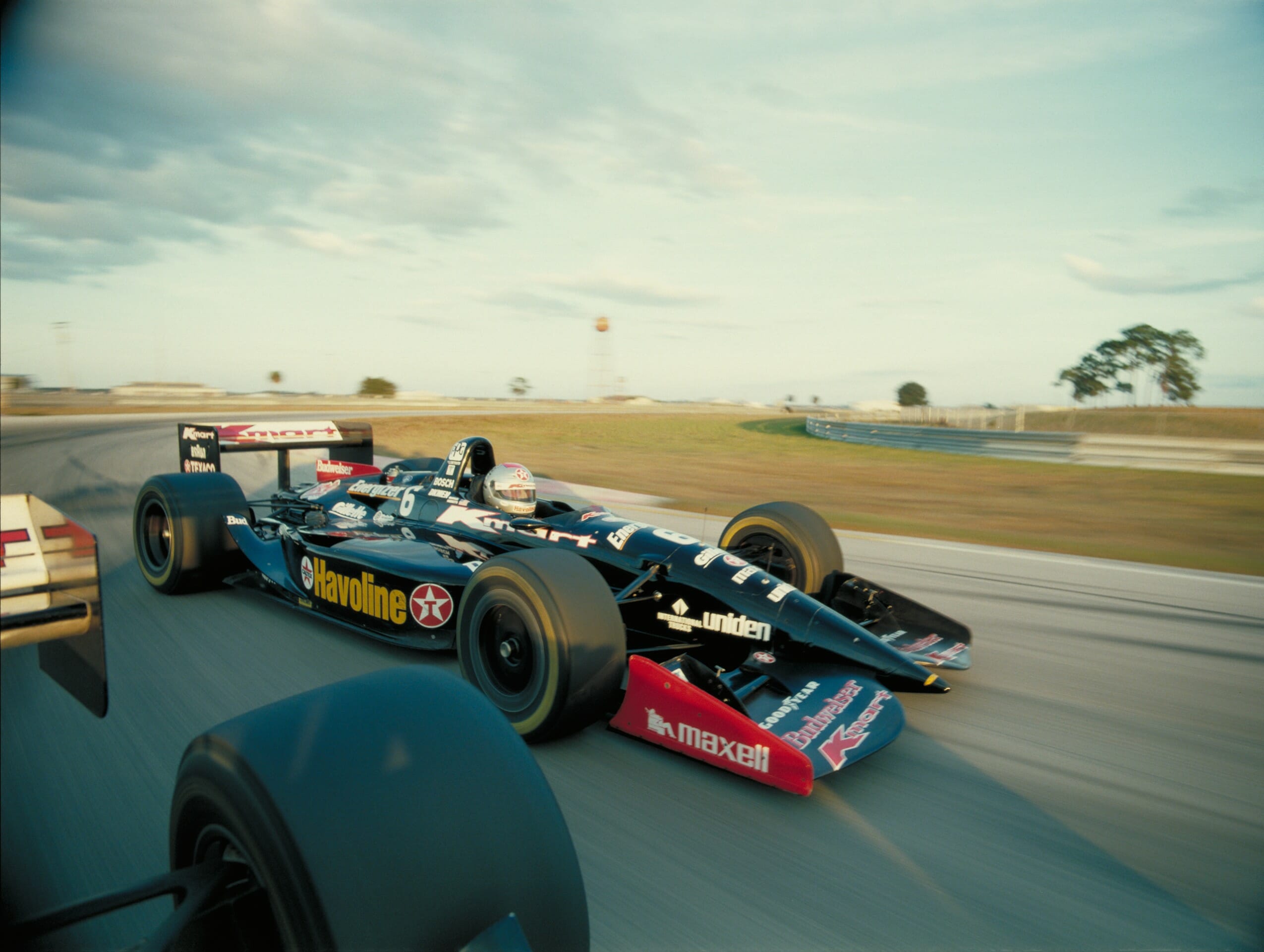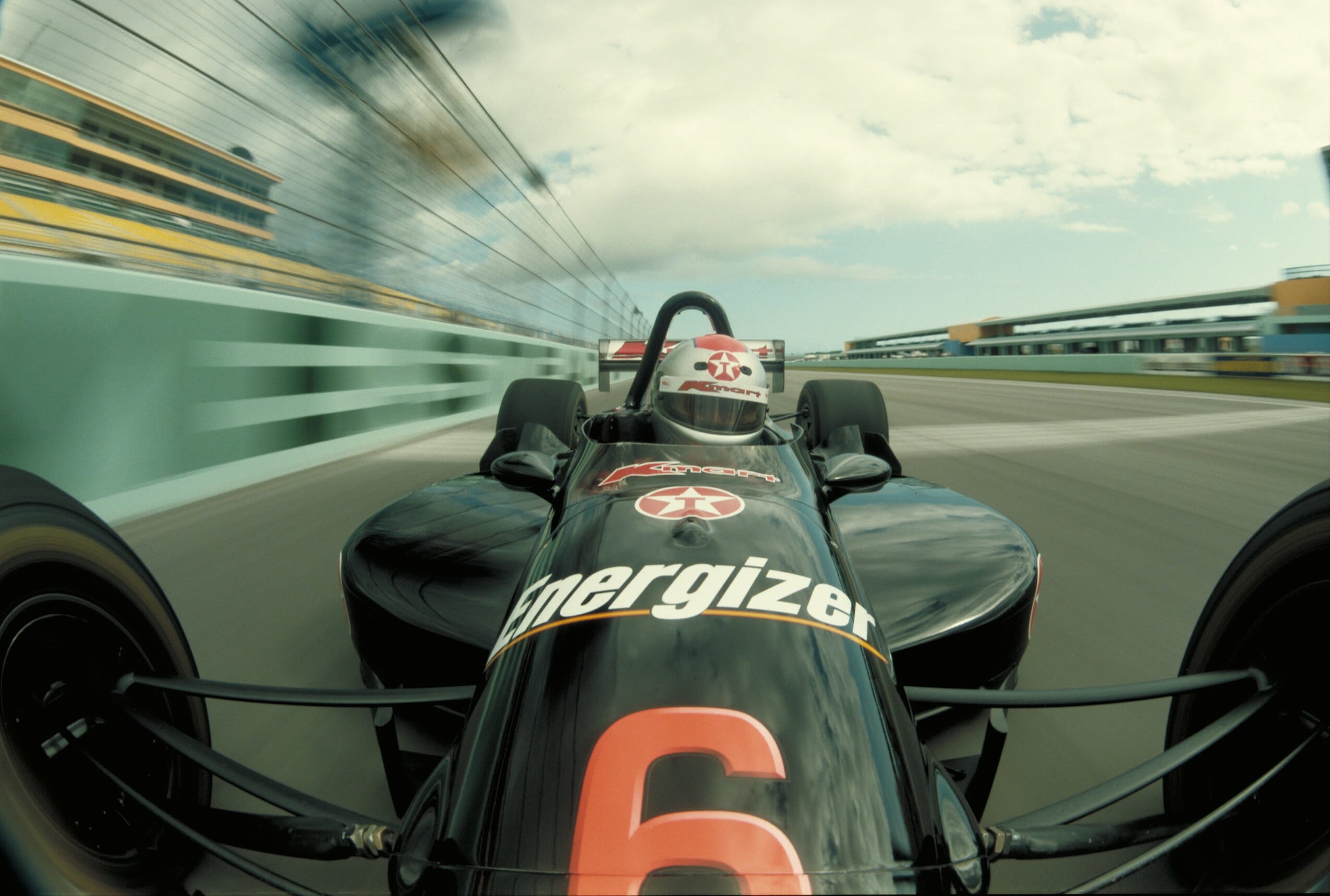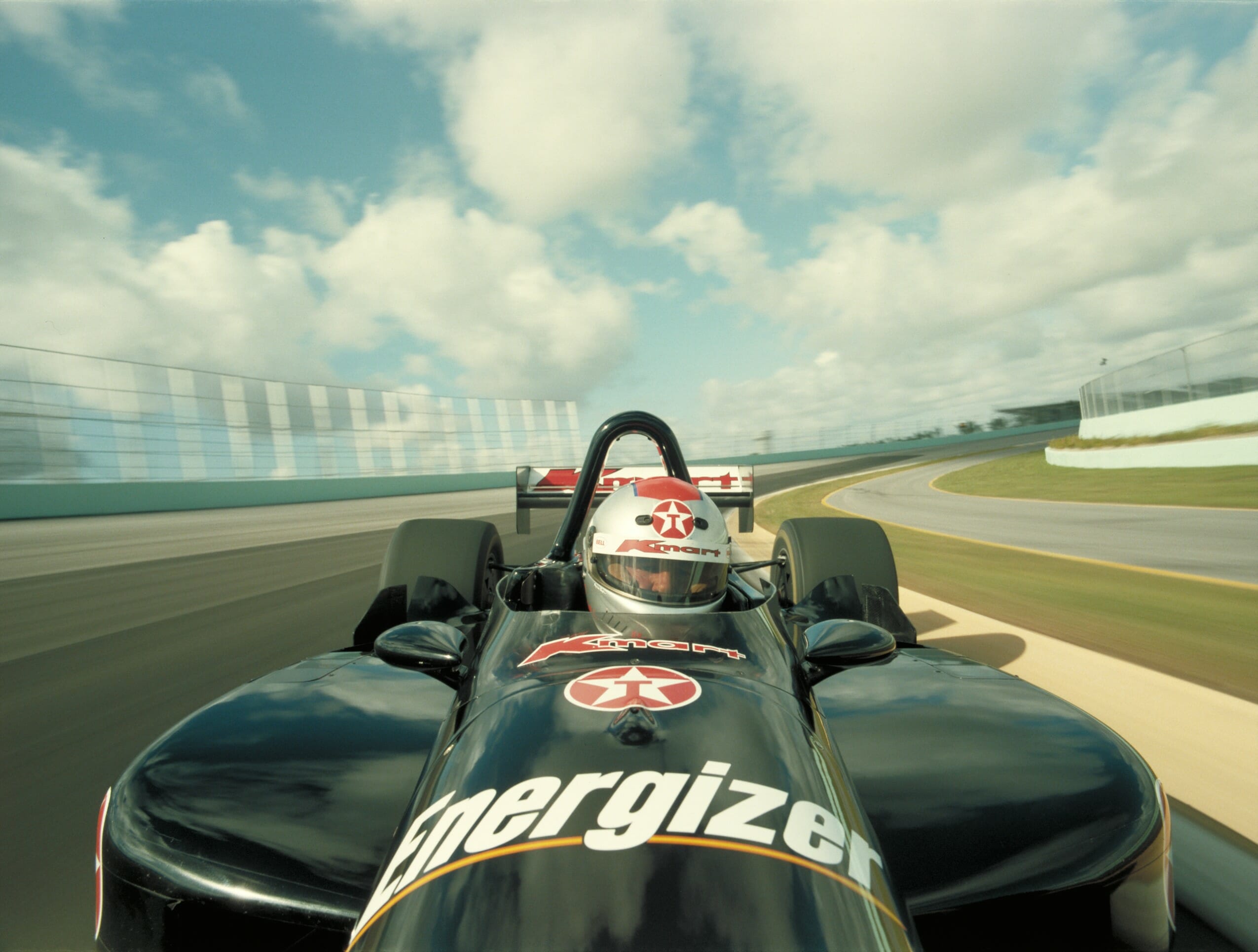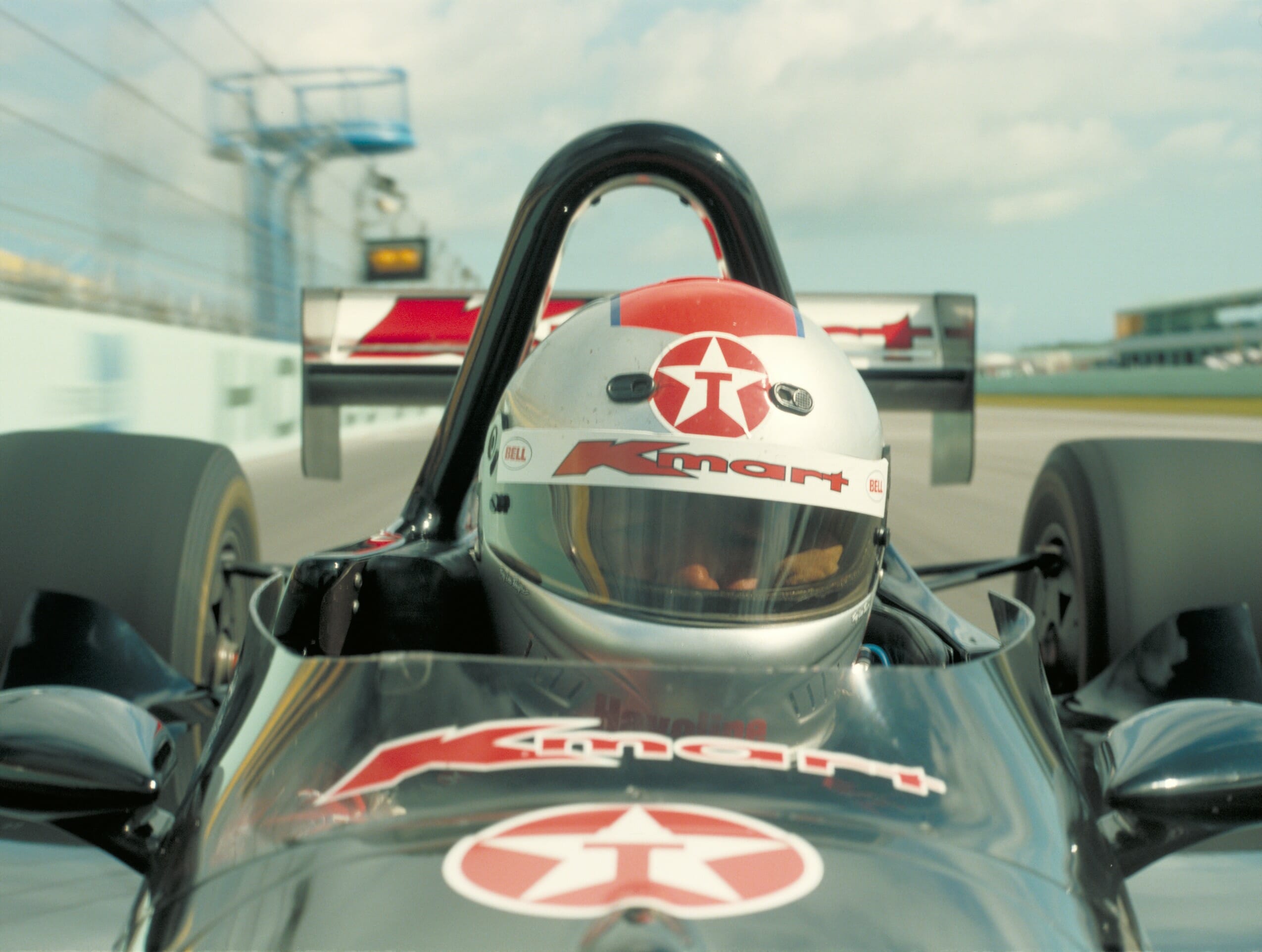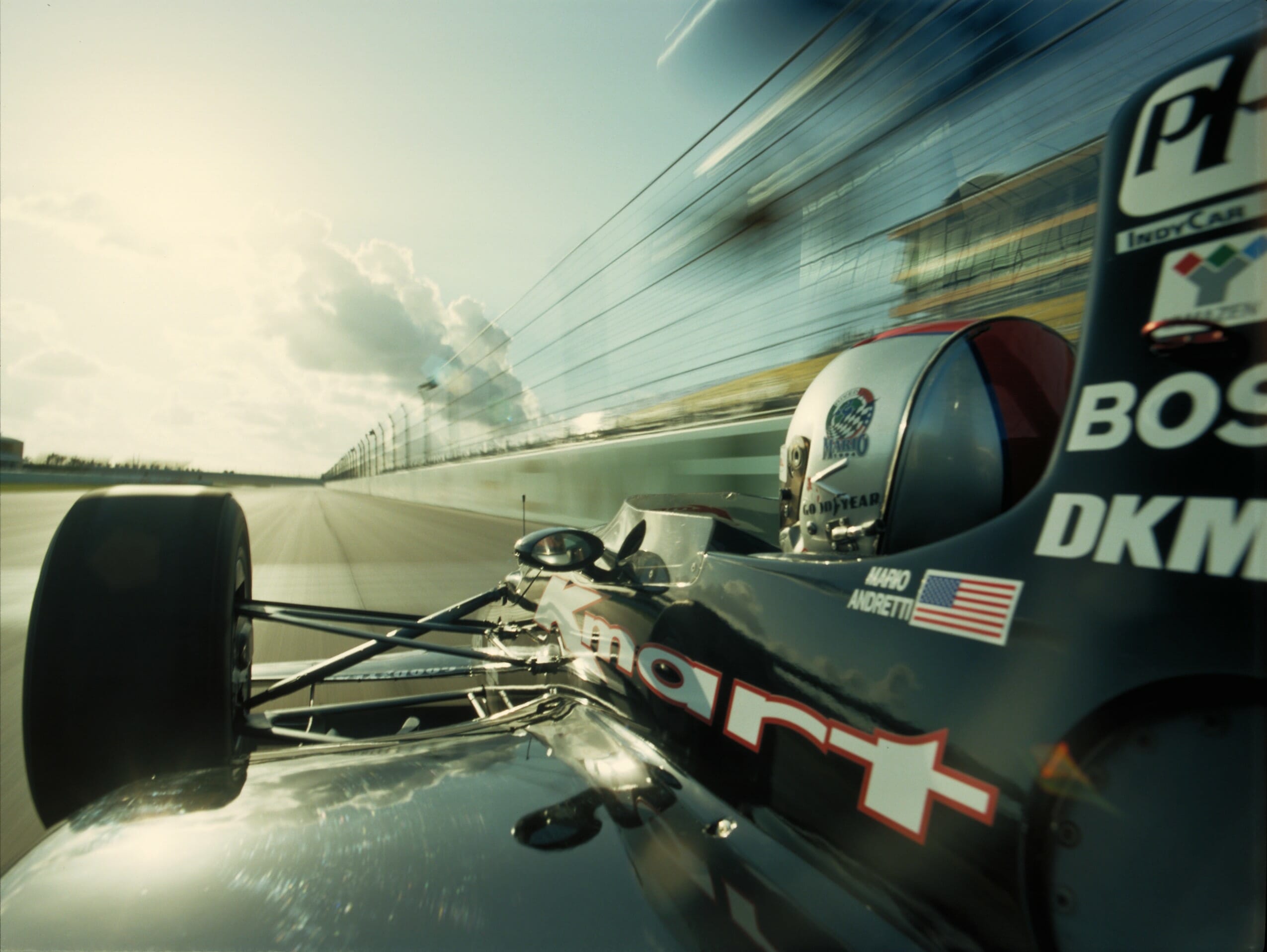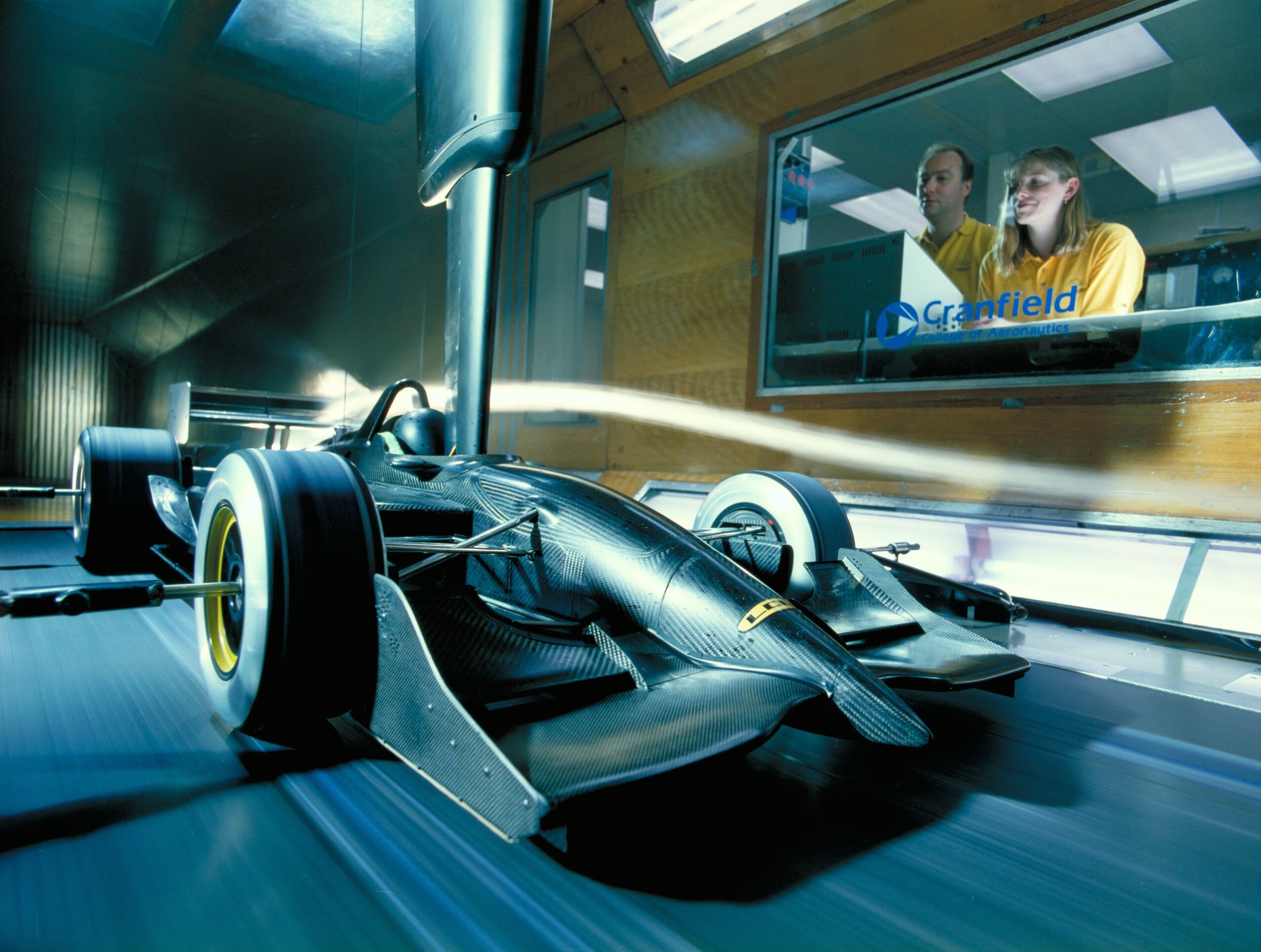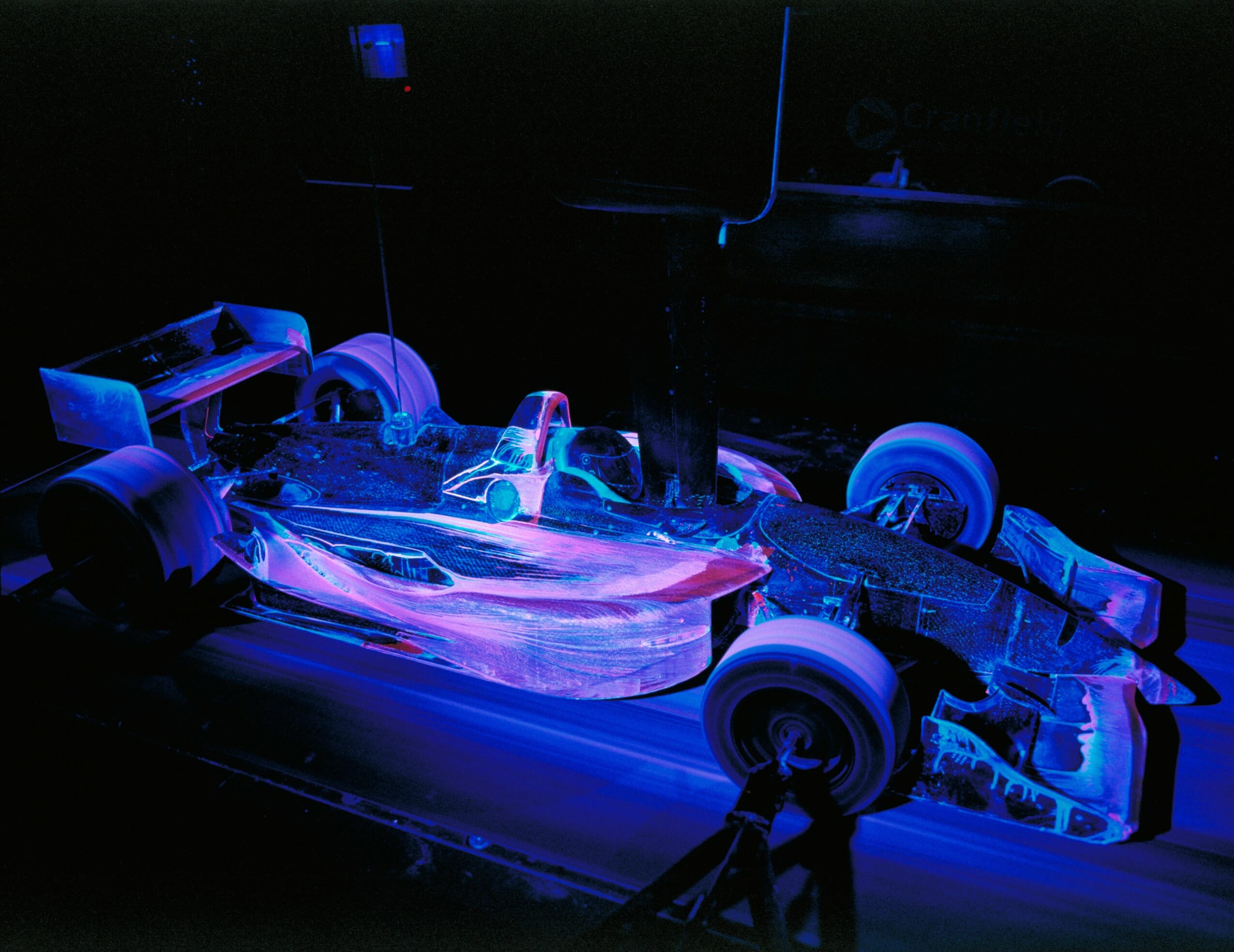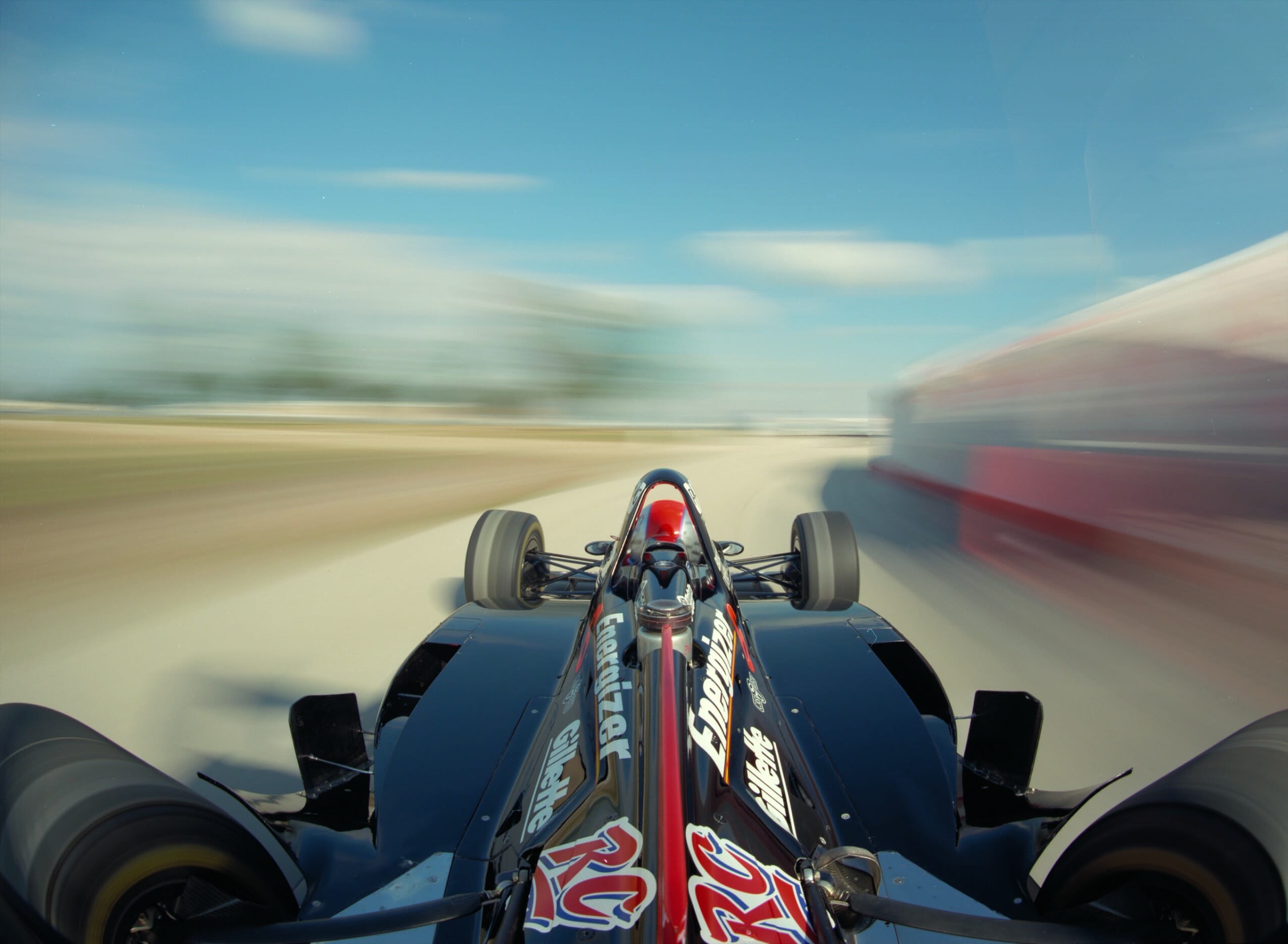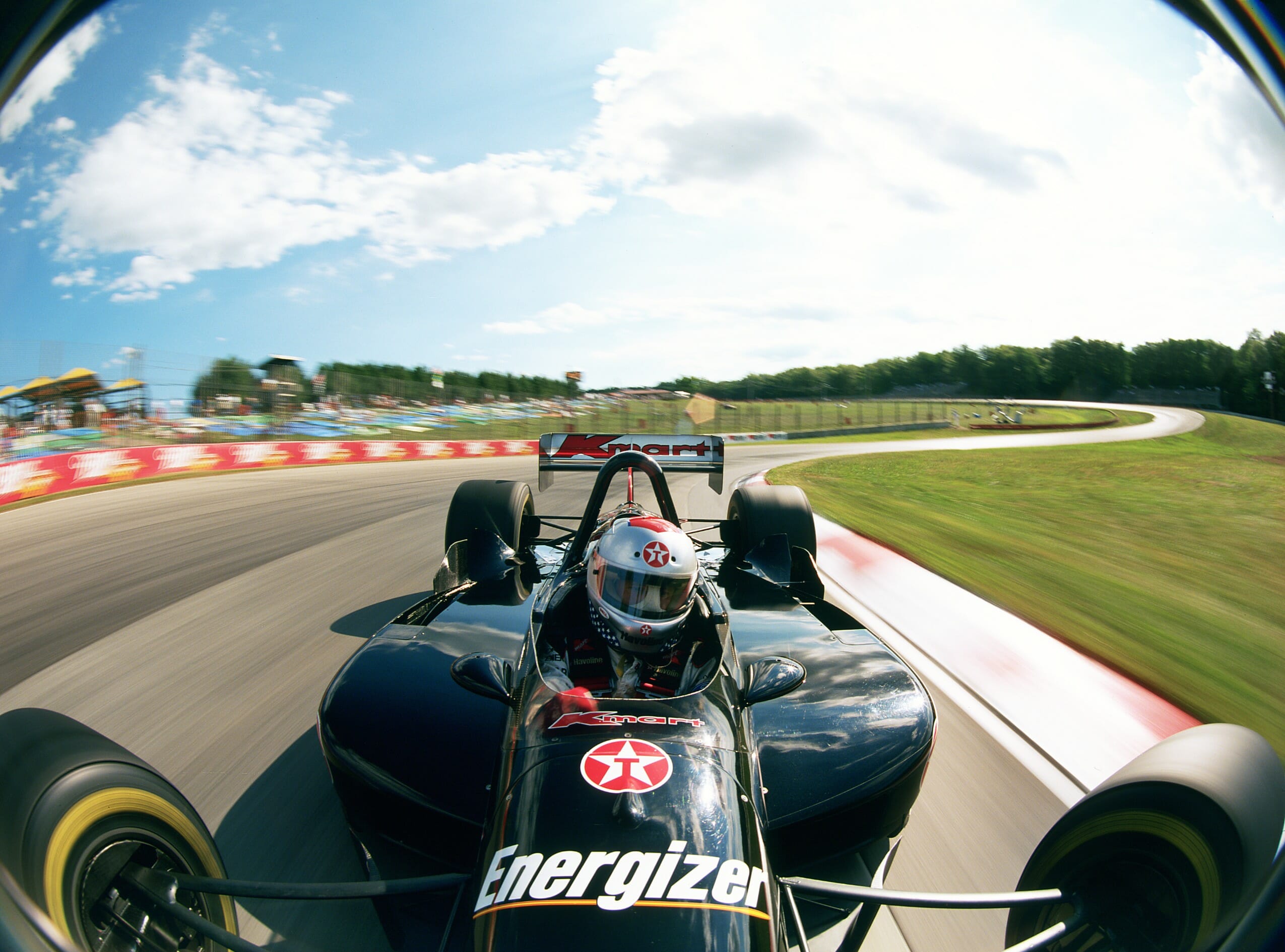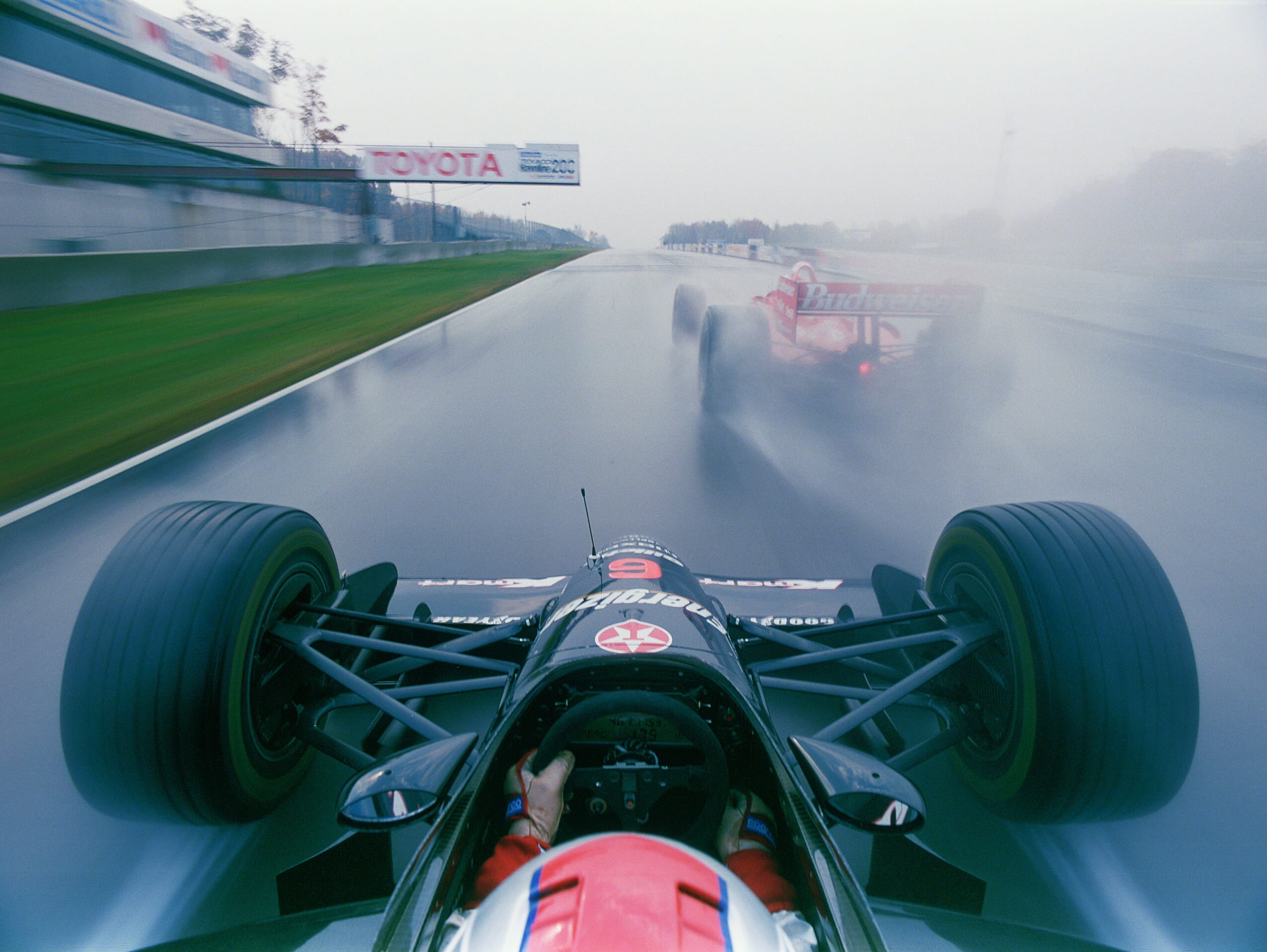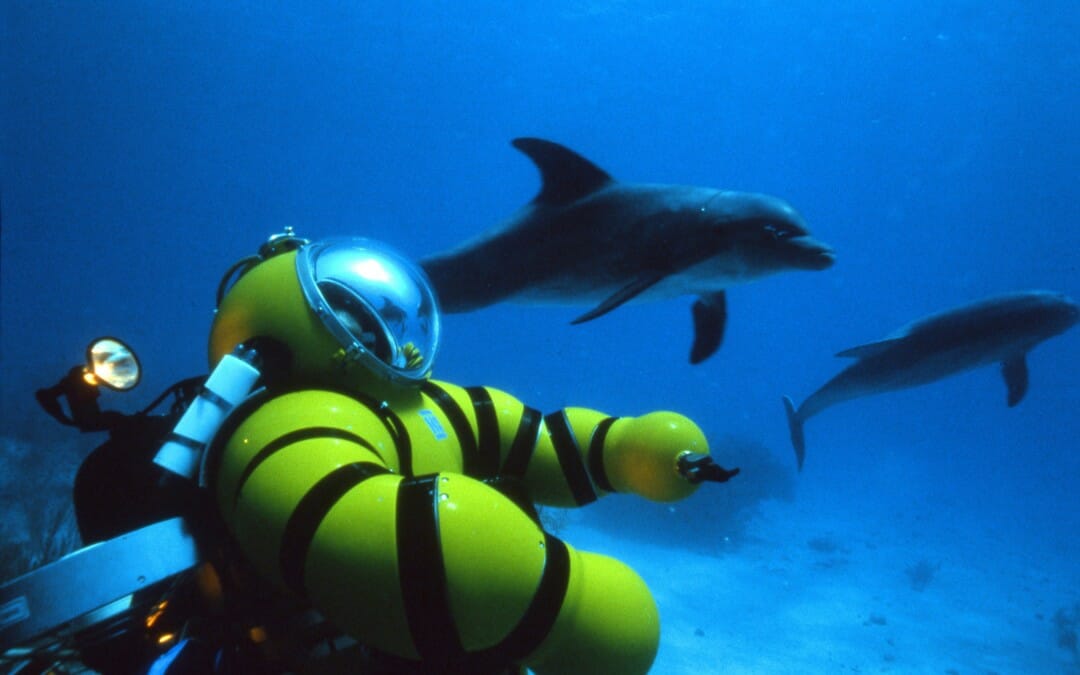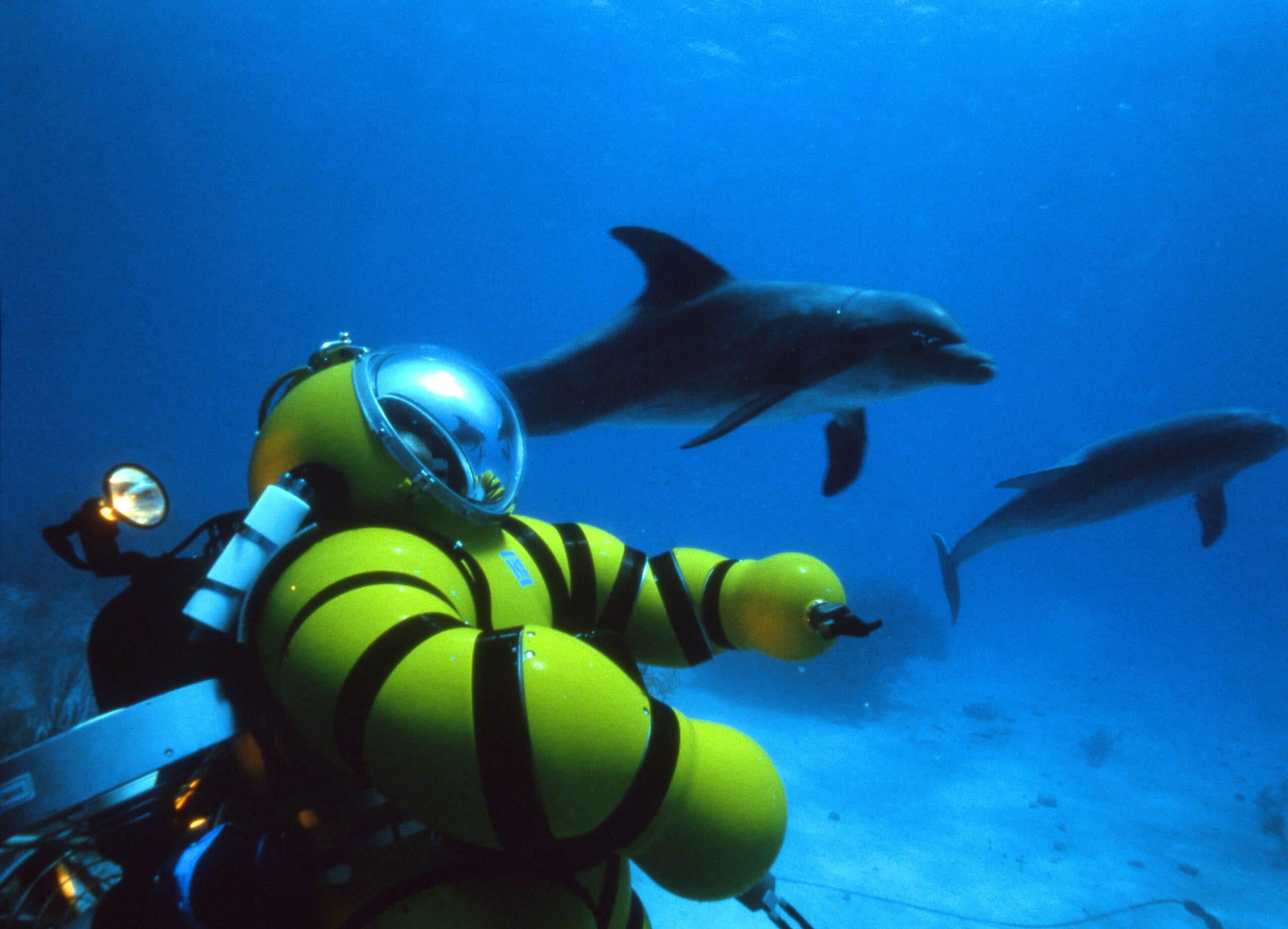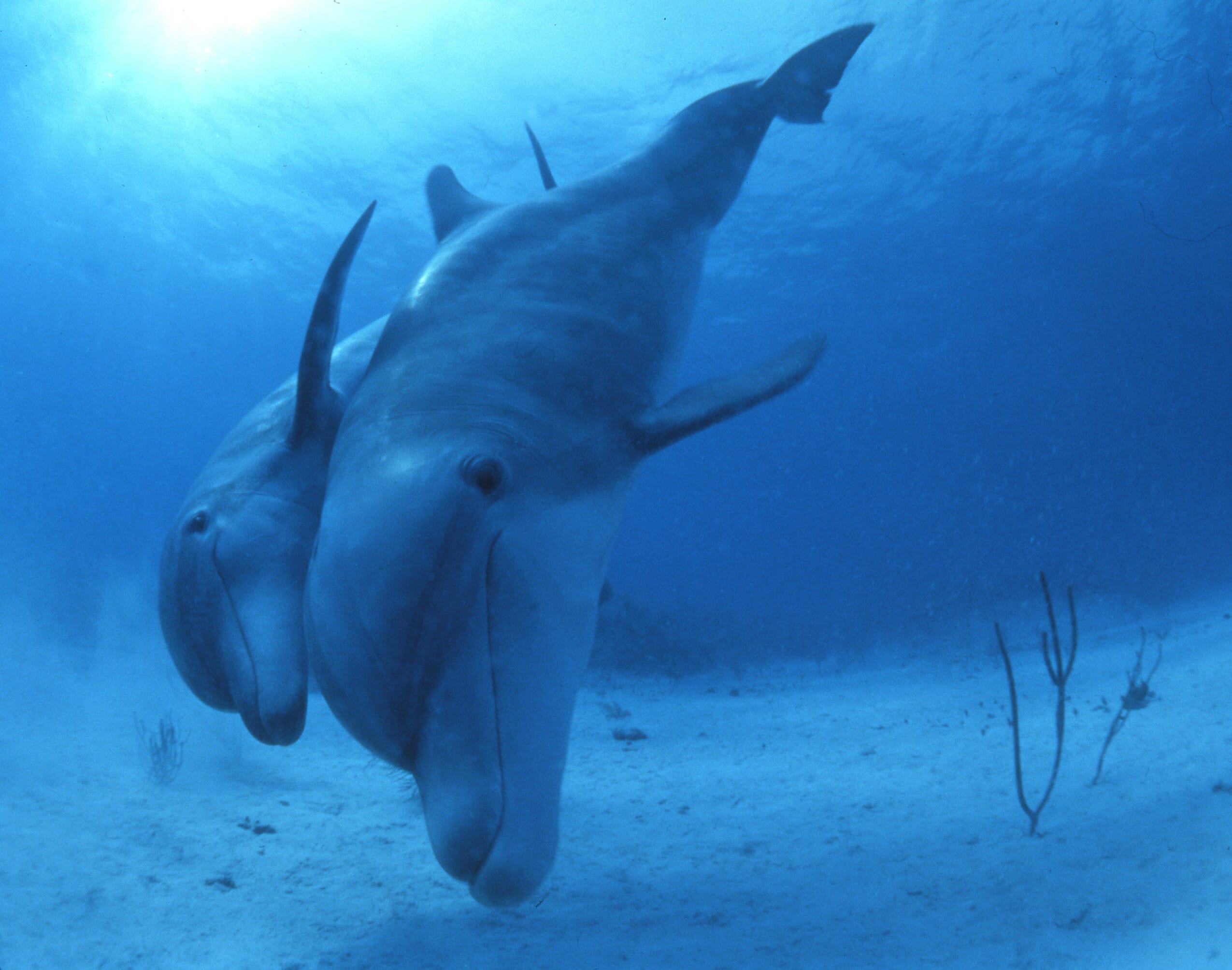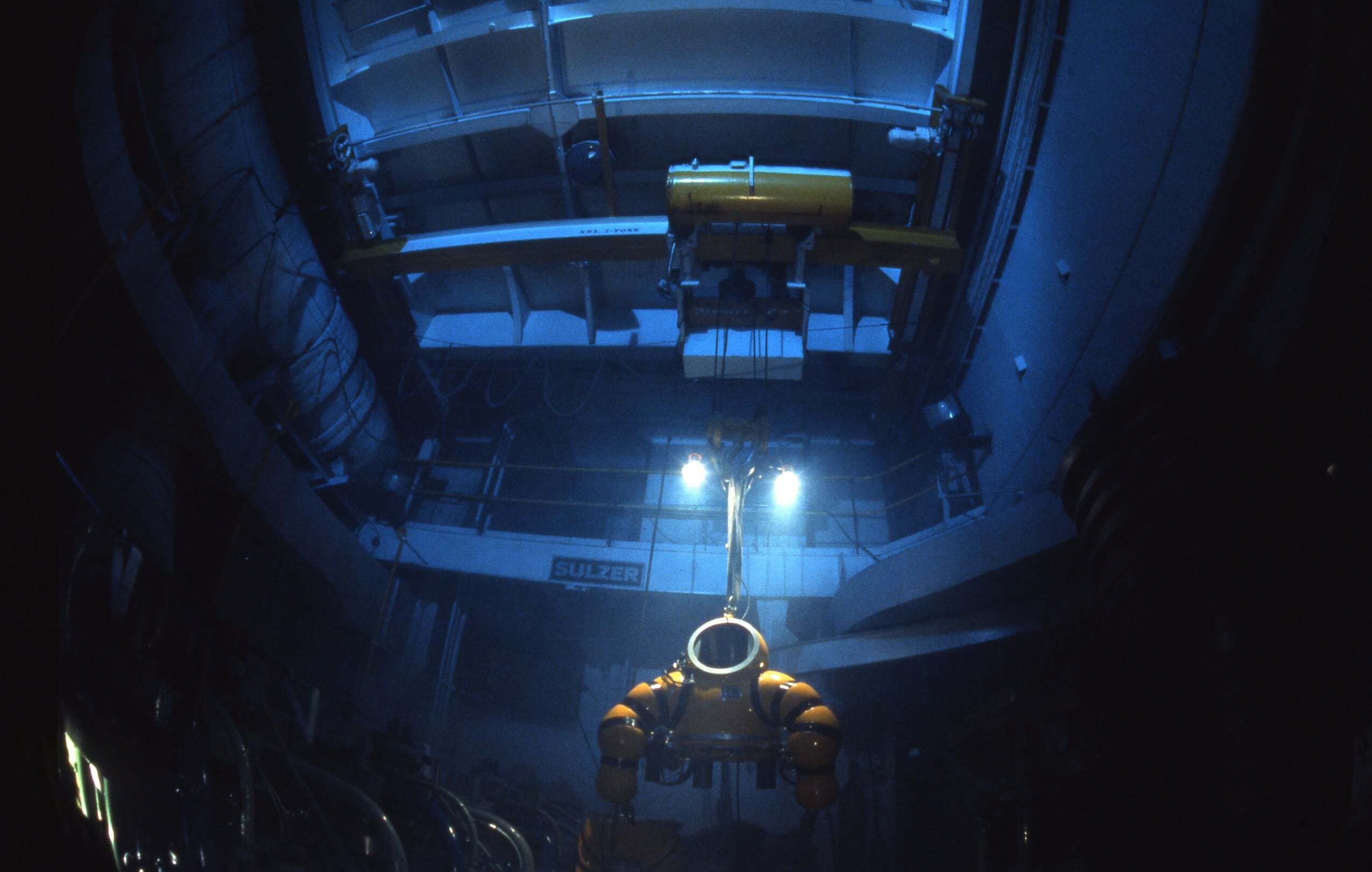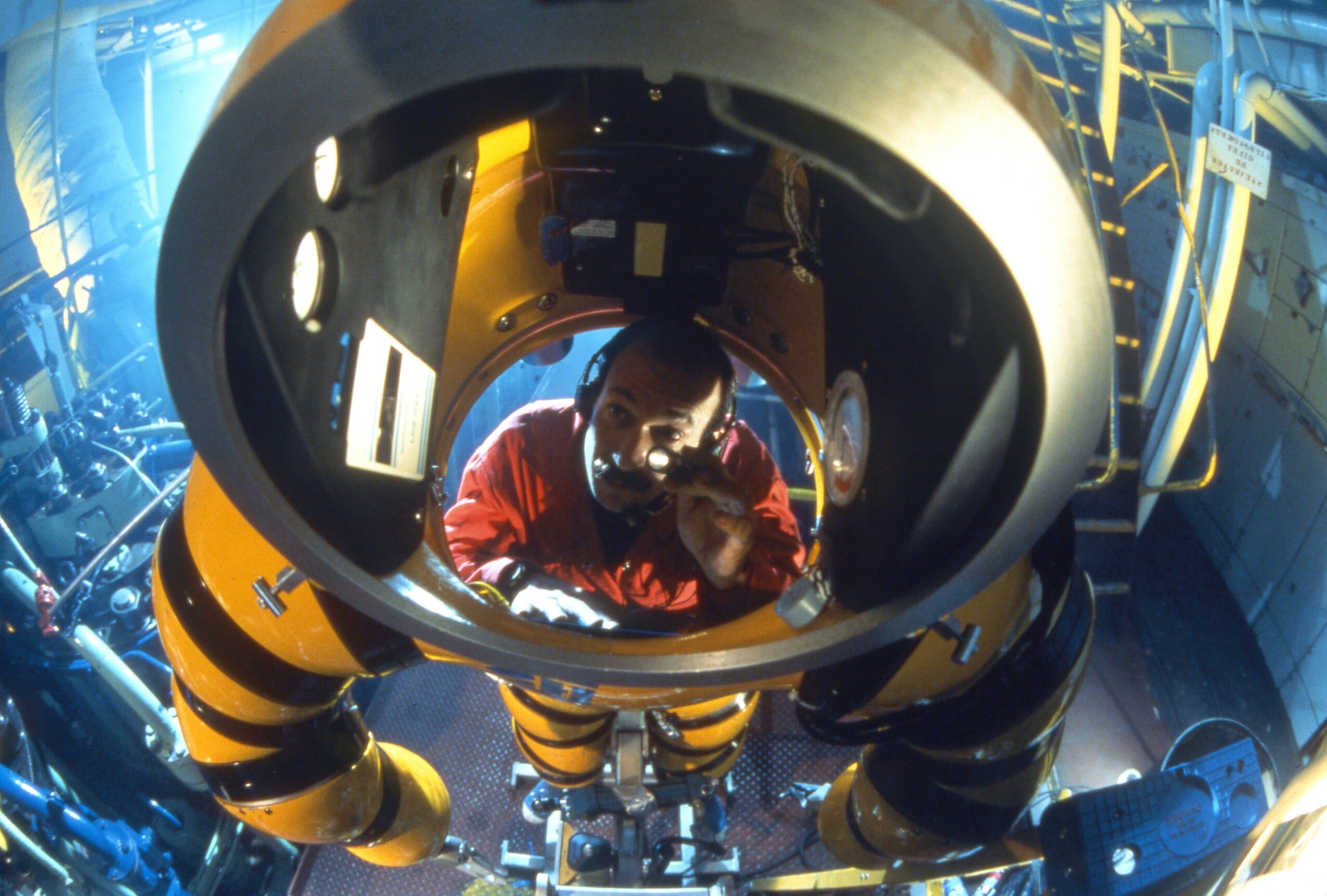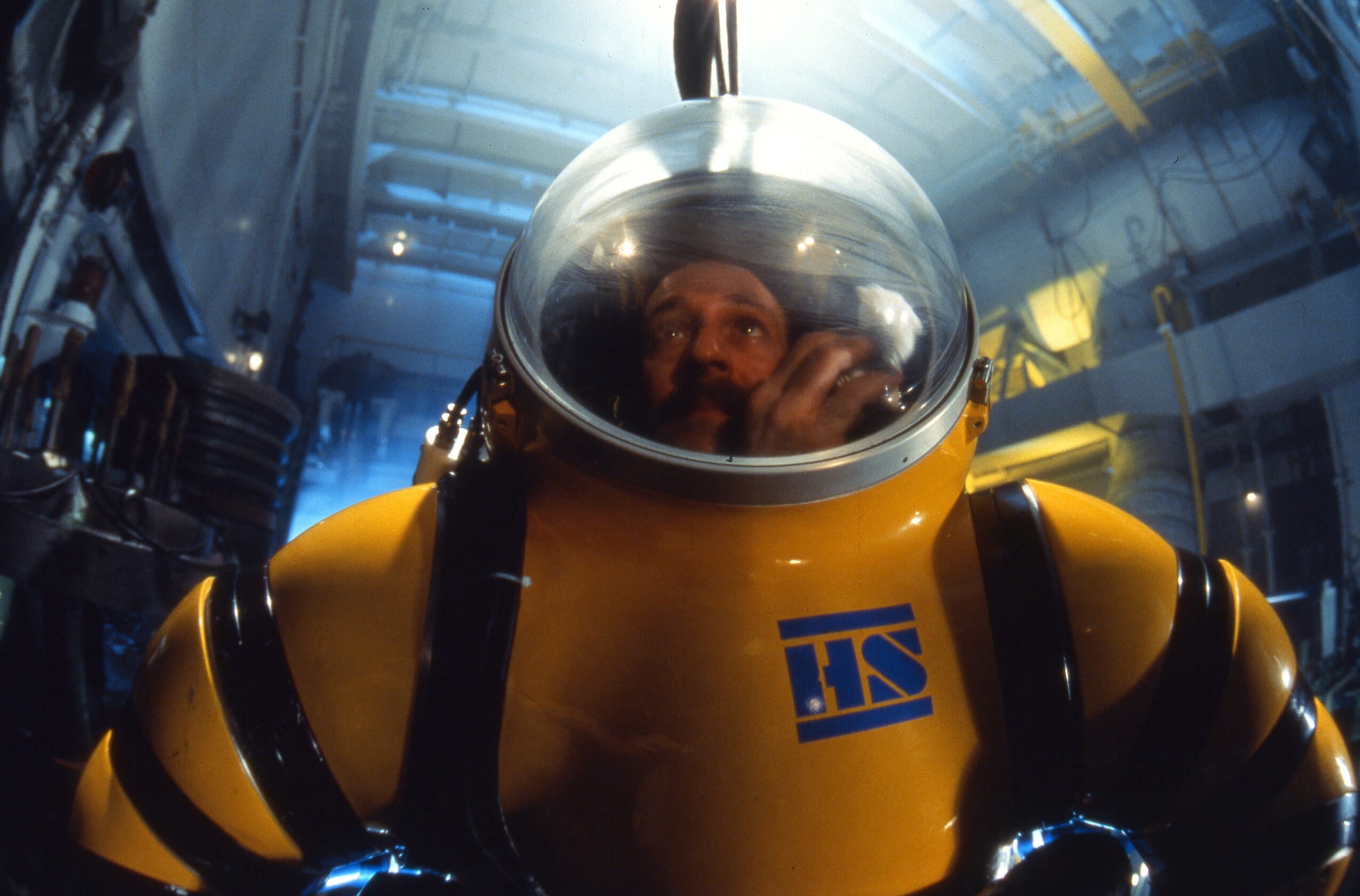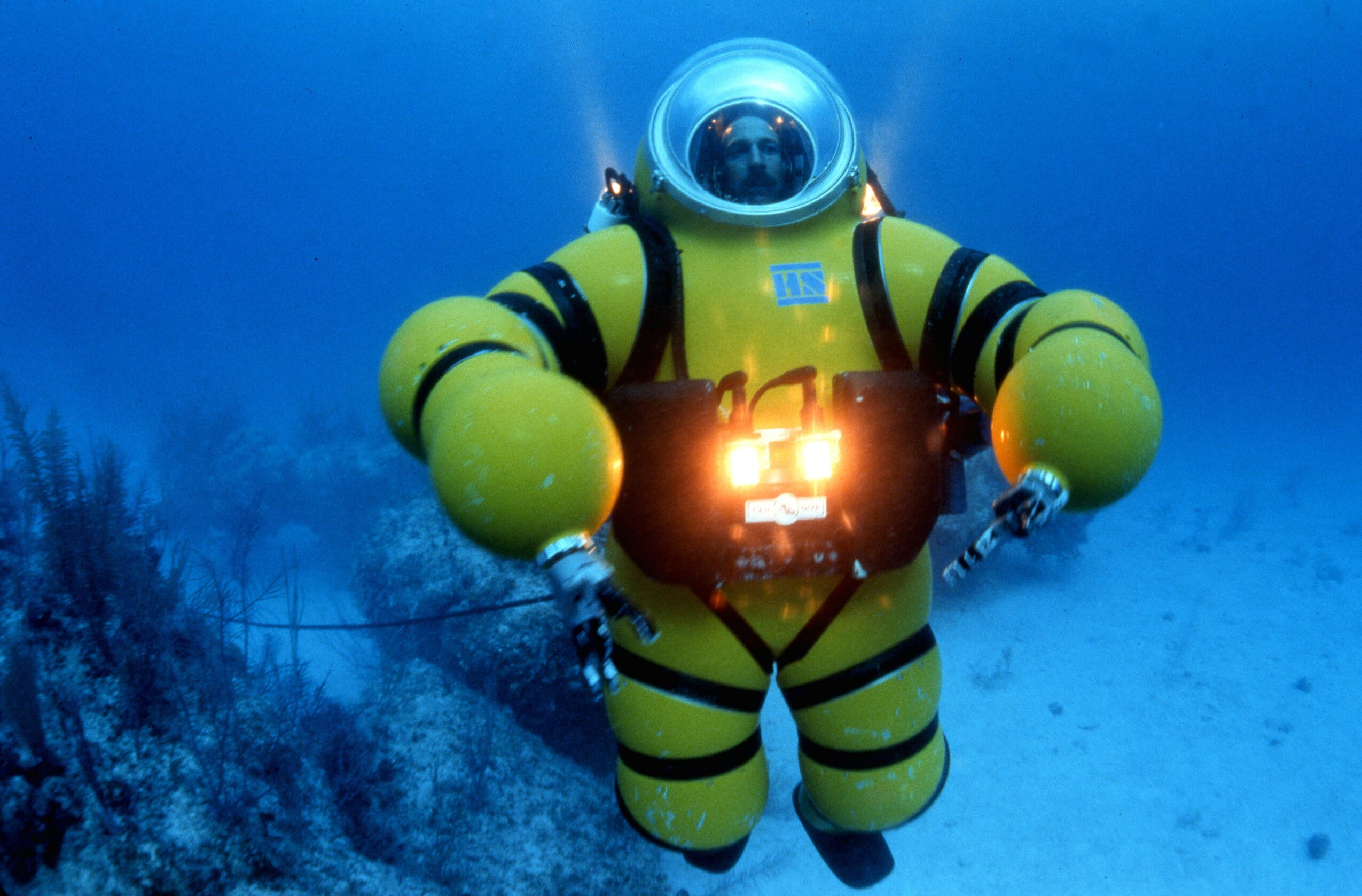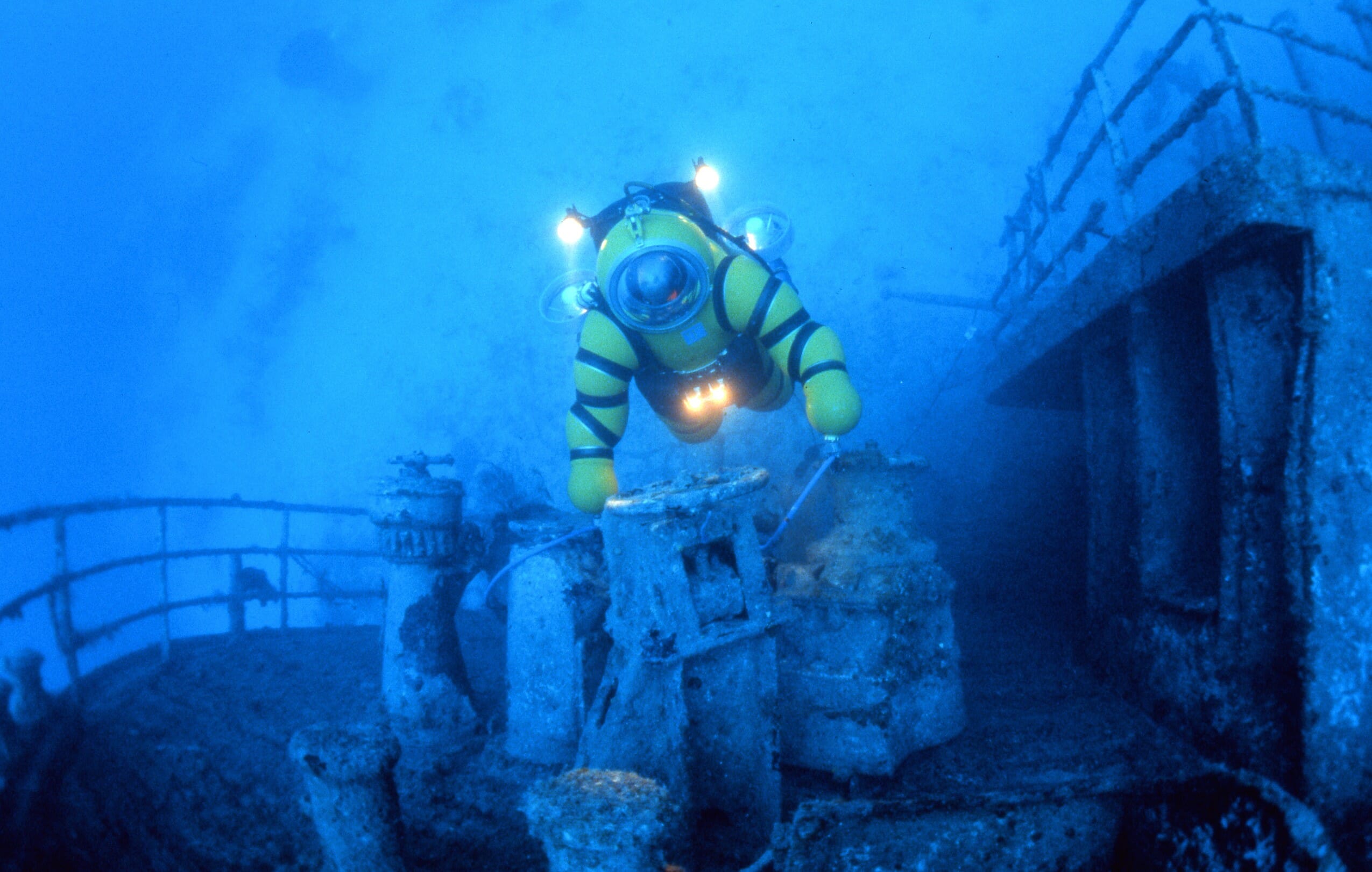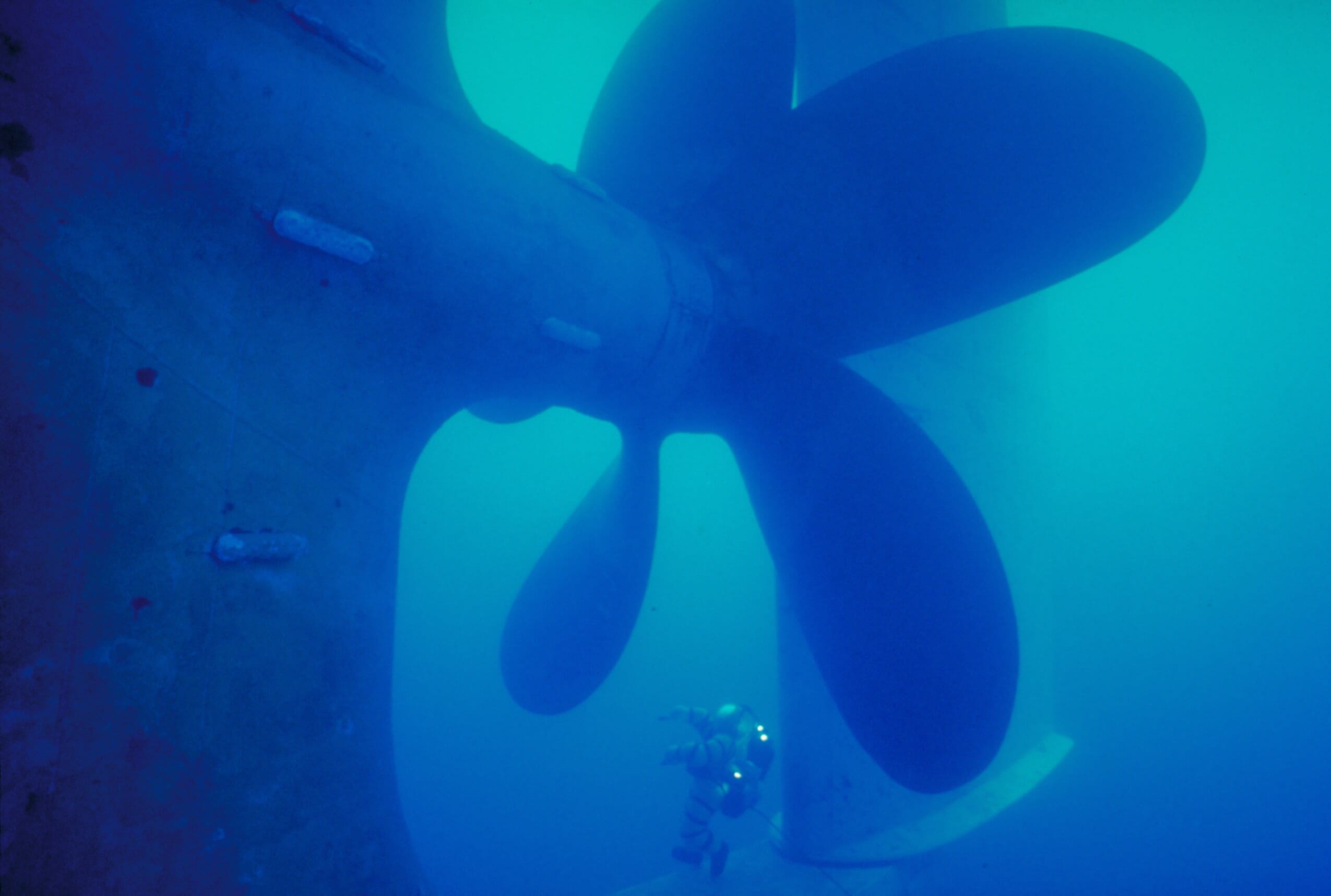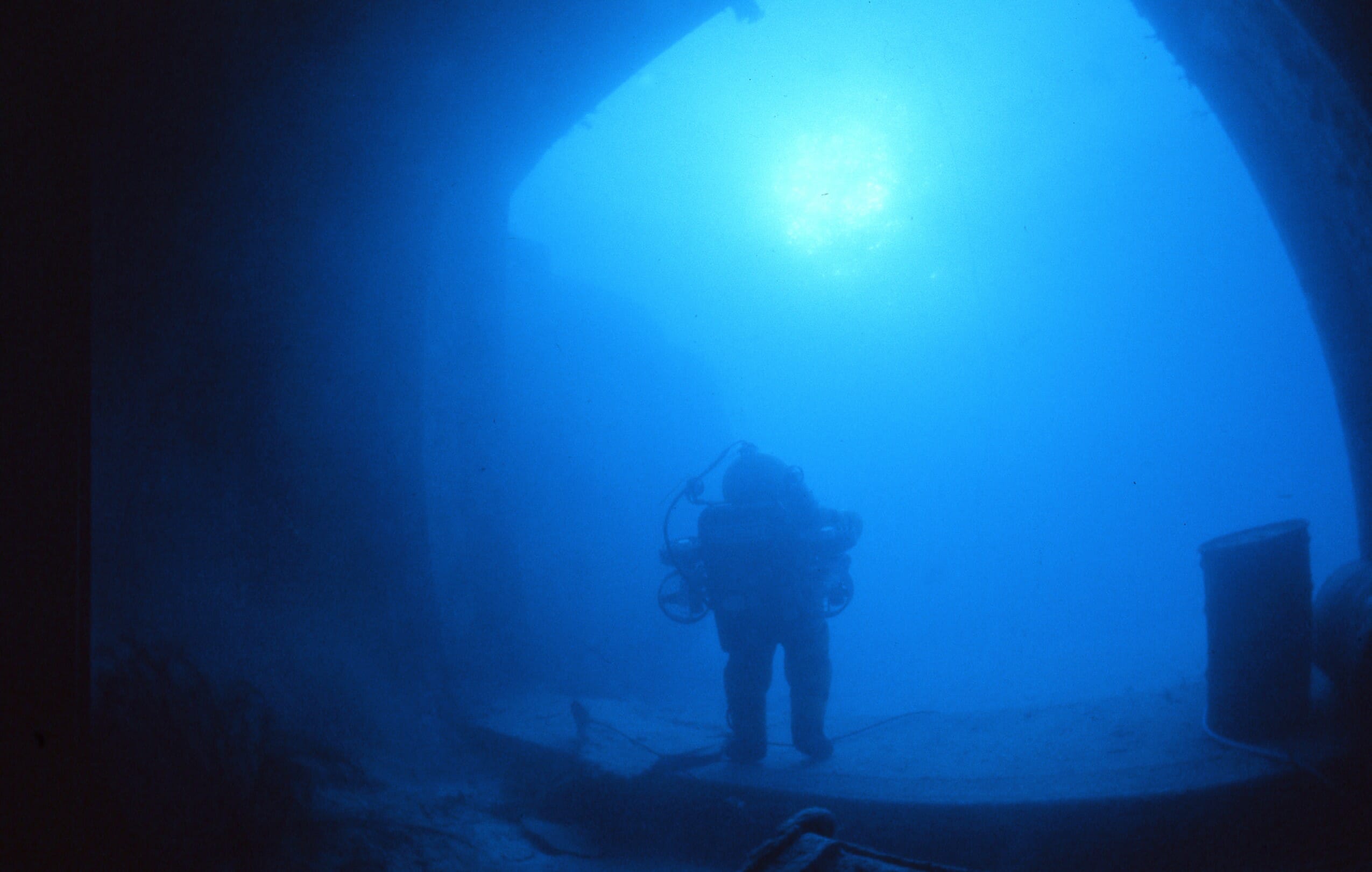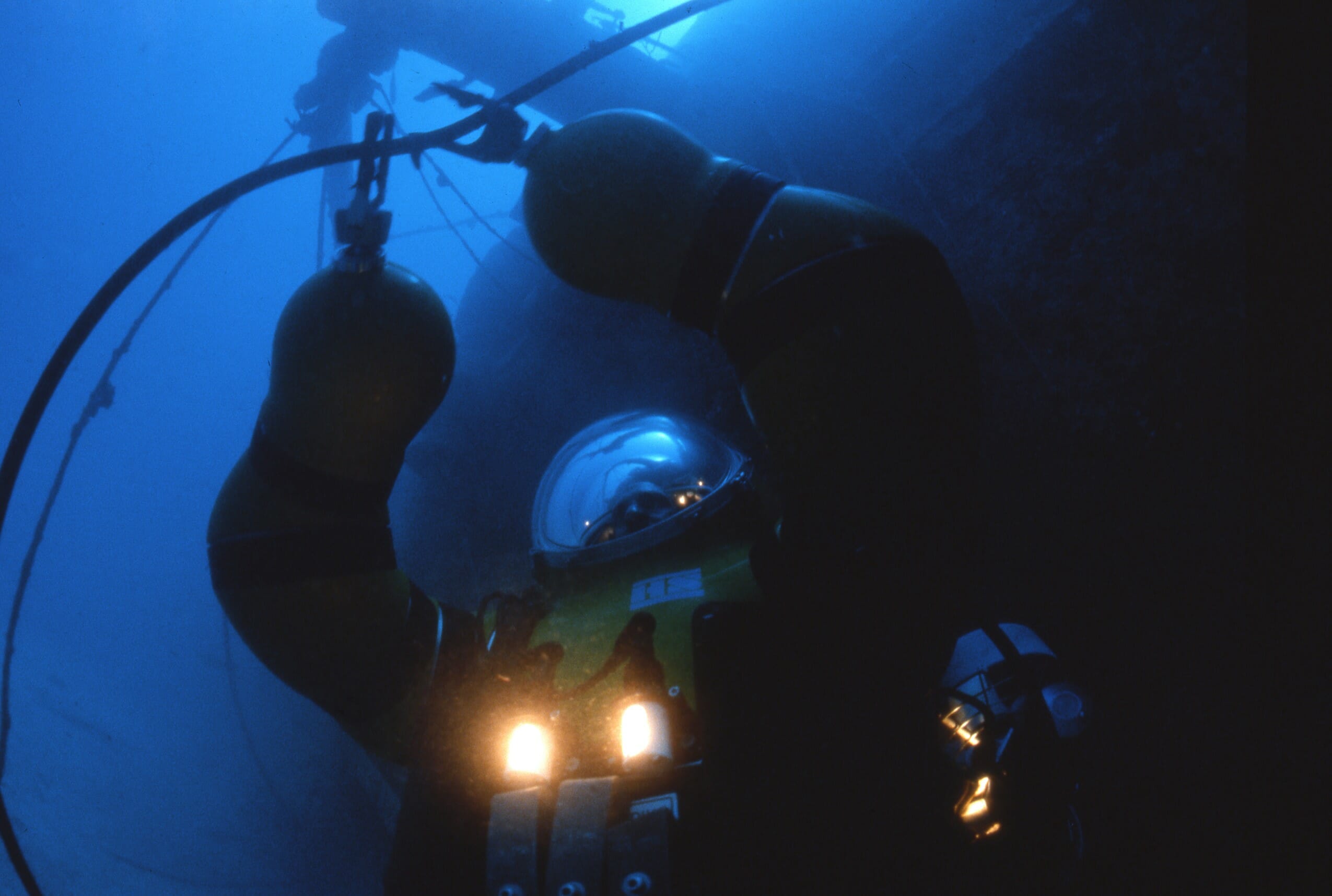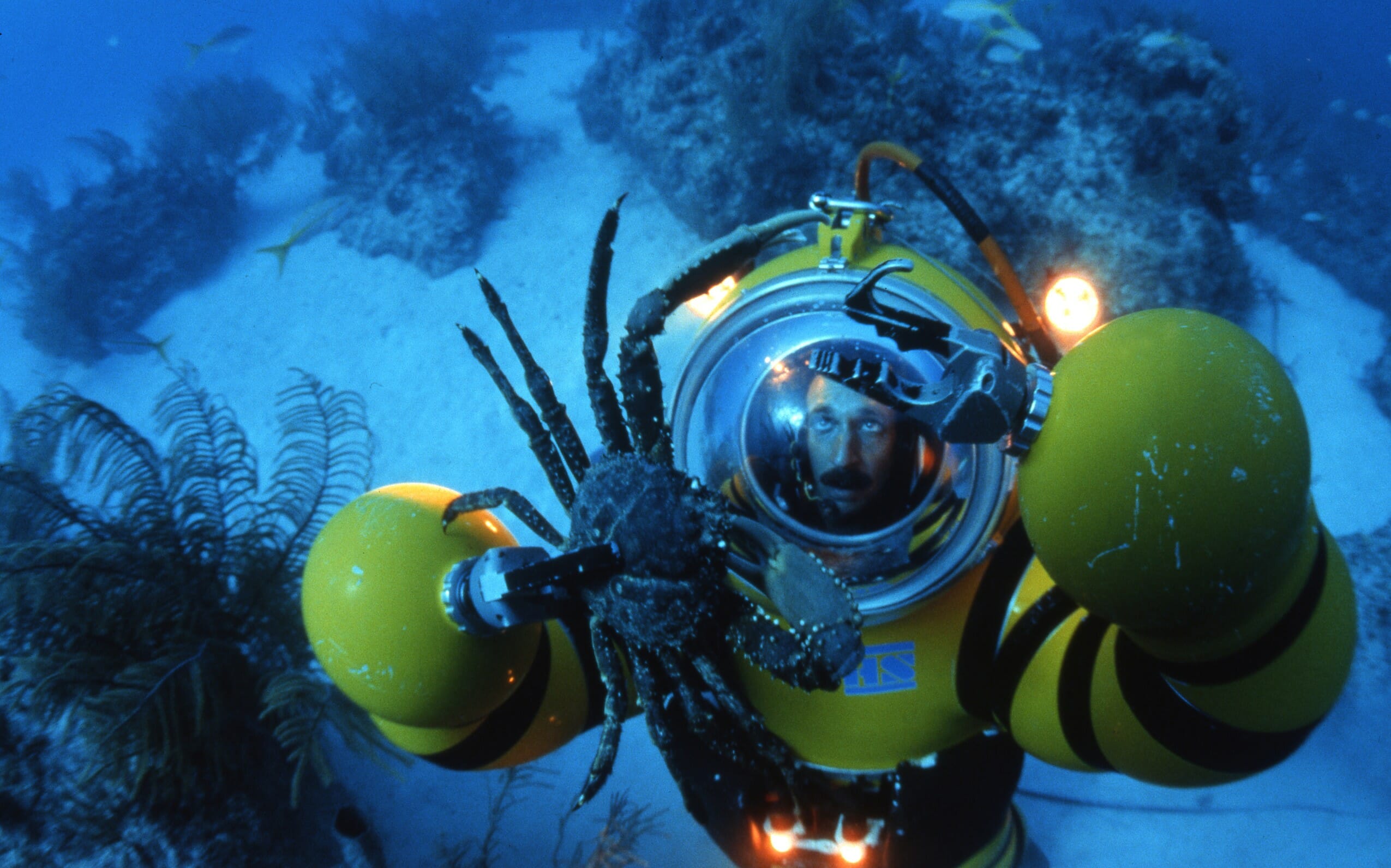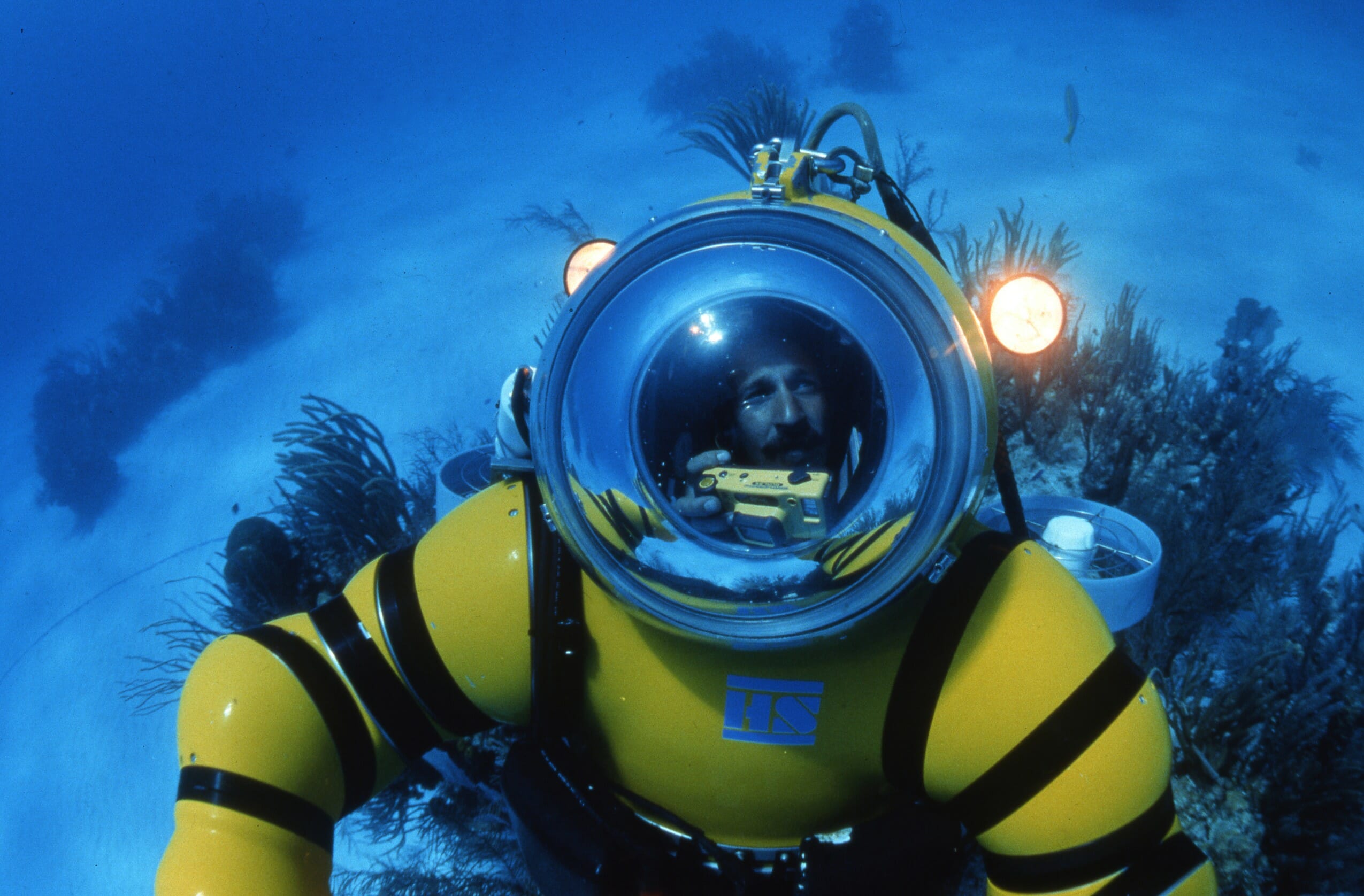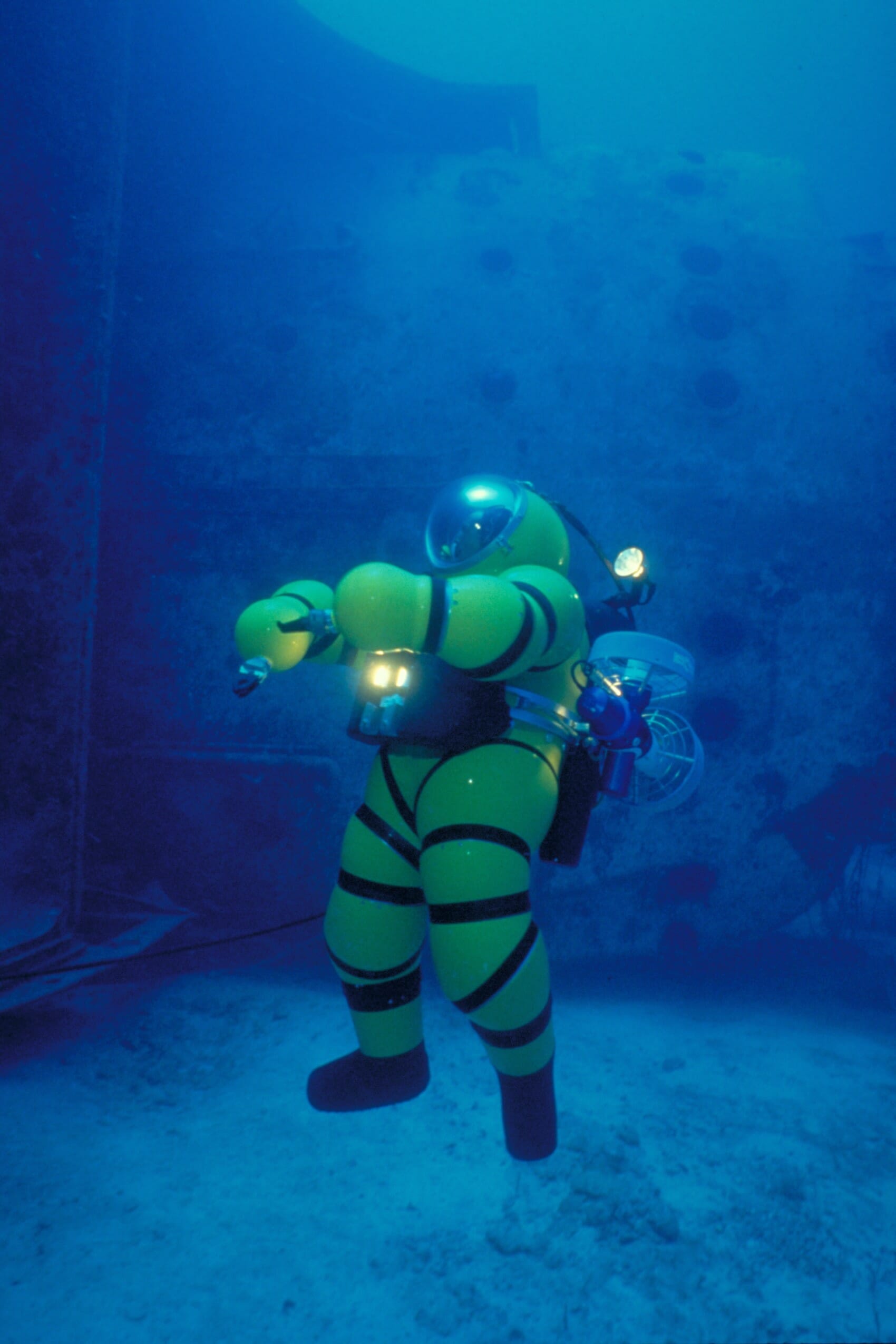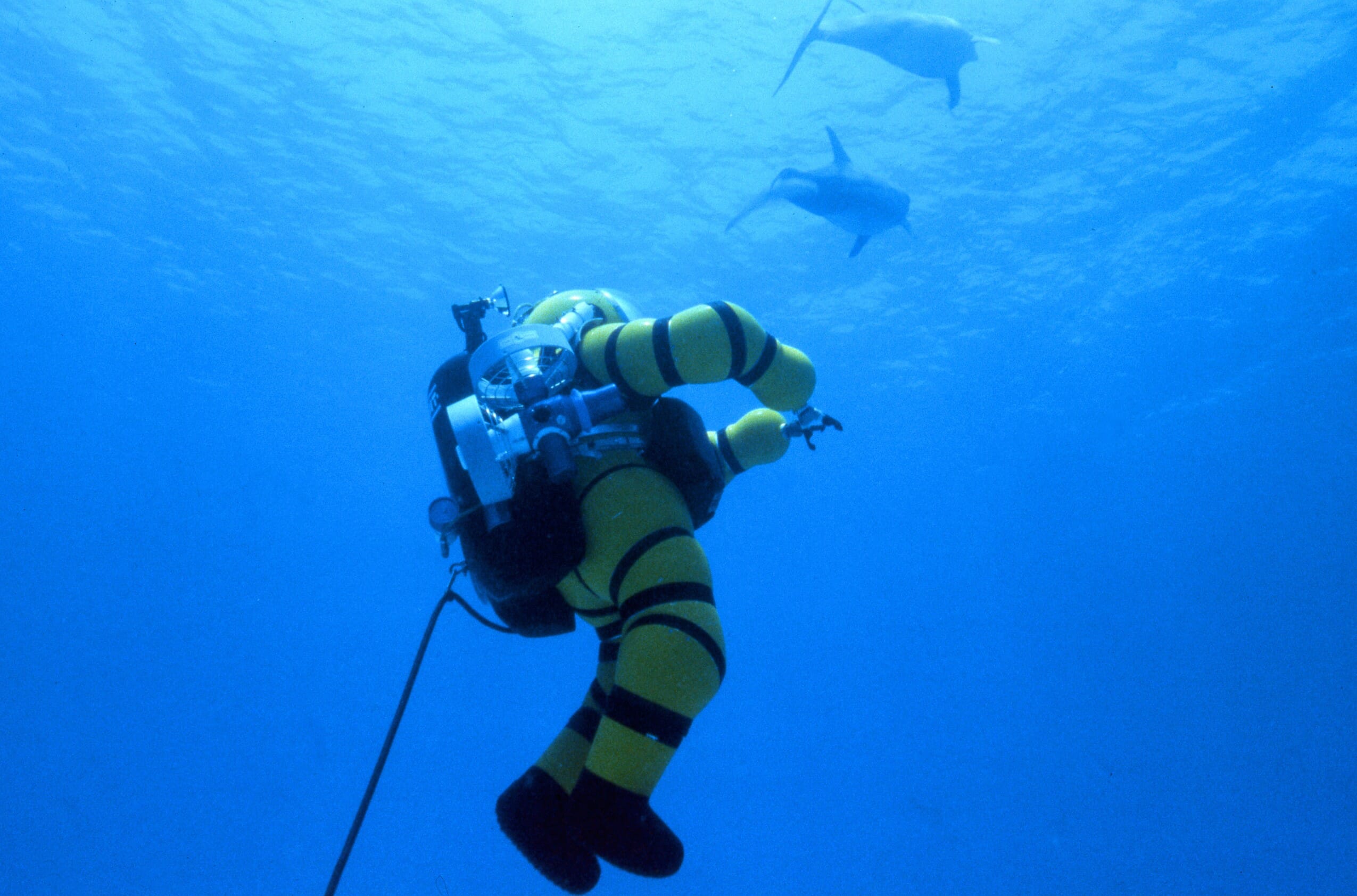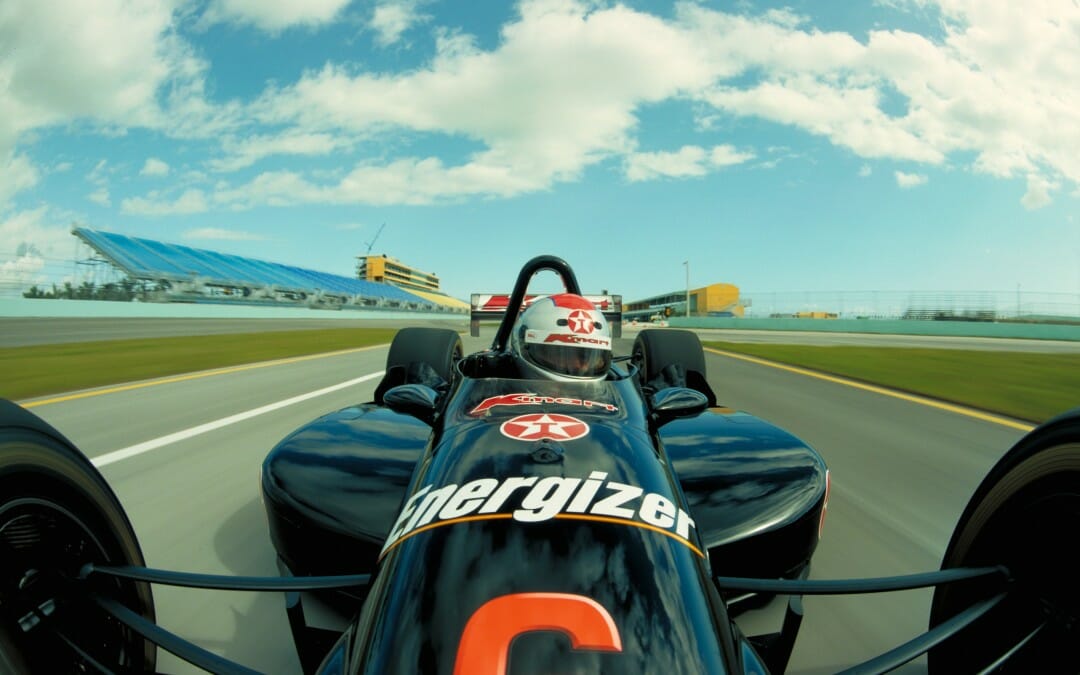
Super Speedway
Super Speedway
1997 / filmed in 15/70 (IMAX)About the Film
- Release date: 1997
- Production format: 15/70
- Duration: 48 min. and 40 min. versions
- Produced by Openwheel Productions Inc. / The Stephen Low Company
- Distributed by: The Stephen Low Company
- Available for license in 15/70, 8/70 formats
The Making of Super Speedway
See “Super Speedway: the Making of a Motion Picture Classic”Where to See It
“Where to see Super Speedway.”Clippings
“Spectacular. Highly Recommended.”—Stuart Galbraith IV, DVD Talk http://www.dvdtalk.com/reviews/36458/super-speedway/ 4.5 Stars. “Everything about this movie is big – the visuals, the sound, and the subject matter… It is so well done; you can feel the rush of adrenaline through the spectacular you-are-there point of view shots. Super Speedway is the essence of a great IMAX presentation, using the format to the fullest, and telling a great story in the process.”—Sir Terrence, Blu-ray.com http://www.blu-ray.com/movies/movies.php?id=1160&show=review Our score on www.rottentomatoes.com: Super Speedway “Dizzying, Touching and Lyrical… Film history has seen a number of racing car movies…but nothing remotely like Super Speedway.”—Chicago Tribune “A visceral high-definition treat“—American Cinematographer “Race to see it!“—Toronto Sun “Exhilarating“—The Gazette, Montreal “What it’s really like to drive an Indy car”—Vancouver SunAwards
Best Entertainment DVD—Super Speedway; European DVD Awards, Dublin Castle, 1999 Golden Wheel Award—Super Speedway; International Reel Wheel Film Festival, Knoxville, Iowa, 2009Credits
Stephen Low Director/Producer Pietro L. Serapiglia Producer/Distributor Paul Newman Narrator Goulam Amarsy Executive Producer James Lahti Film Editor Andrew Kitzanuk Cinematographer Bill Reeve IMAX® Camera Specialist Gilles Ouellet ComposerParticipating Organizations
- Newman/Haas Racing (technical and logistical support and on-screen participation)
- Texaco (sponsor)
- Kmart (sponsor)
- Championship Auto Racing Teams (CART), (location support and team participation)
- Banque Nationale de Paris, Canada (production financing)
- SODEC (Société de développement des entreprises culturelles), Quebec
- CAVCO (Canadian Audio-Visual Certification Office)
Fast Facts
- At top speeds in excess of 230 miles per hour, an Indy car is traveling more than a football field every second.
- An Indy car weighs only 1,550 pounds, 220 pounds less than the diminutive Suzuki Swift!
- An Indy car rolling chassis (the car without its engine, turbocharger, electronics or tires) costs approximately $420,000 U.S.
- Indy cars have a maximum length of 16 feet 3 inches (4.95 metres), a maximum width of 6 feet 6 inches (1.99 metres) and a maximum height of 2 feet 8 inches (.81 metres).
- Sweating can cause a driver to lose up to 10 pounds (4.5 kilos) during a two-hour race.
- At speed, Indy cars produce so much downforce they could drive upside down on an inverted track!
- Indy cars can generate four Gs (four times the Earth’s gravity) of lateral acceleration driving around the fastest corners.
- The side tunnels of Indy cars generate so much suction that manhole covers found on temporary street circuits must be welded down so they are not sucked off when the cars pass over them.
- Mario Andretti held the world closed-course speed record; he lapped the Michigan International Speedway at a speed of 234.275 miles per hour (377.042 km/h) on July 31, 1993 (broken by Jimmy Vasser, age 31, in 1996).
- In 1990, Al Unser Jr. drove the fastest 500-mile race ever, averaging a speed of 189.727 miles per hour (305.347 km/h) at Michigan International Speedway.
- In 1995, Canadian Jacques Villeneuve became the youngest ever CART Champion at the age of 24.

